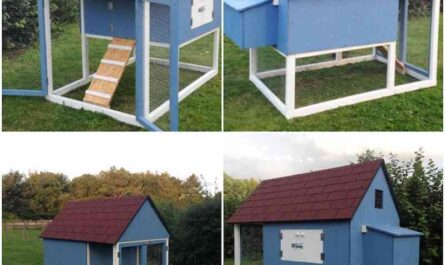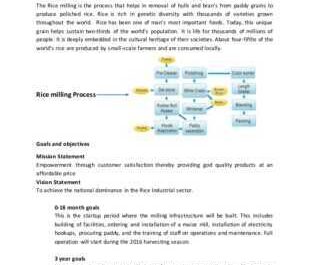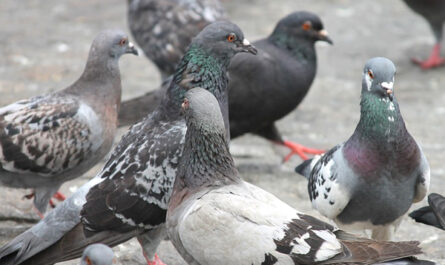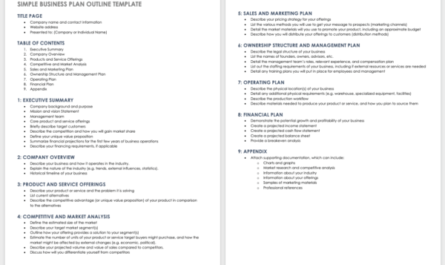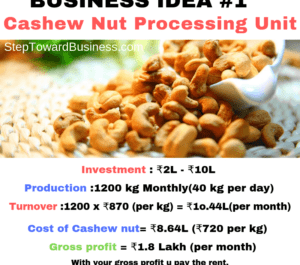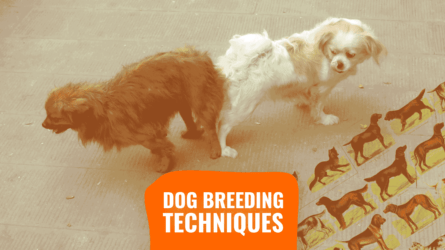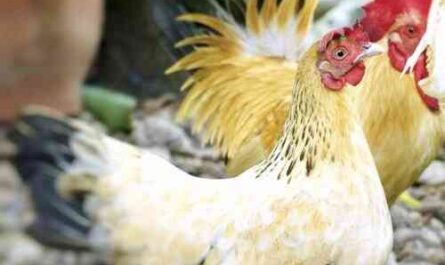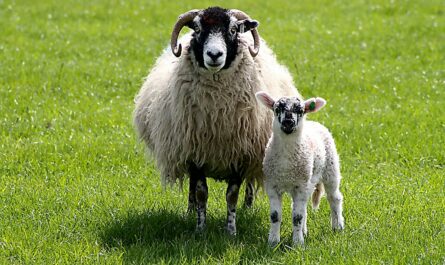Growing tomatoes in your garden is very easy and probably the most rewarding experience. In this guide, we do not cover commercial methods of growing tomatoes.
Instead, we are going to discuss ways to grow organic tomatoes in your garden for family use only. You can also share tomatoes with friends or relatives if you have outstanding produce.
Homegrown organic tomatoes are actually tastier, tastier and more nutritious than the commercially grown tomatoes we buy at the store.
Today, farmers grow tomatoes commercially in soilless environments, using mostly chemical fertilizer solutions, and most of these tomatoes are harvested before they are fully ripe.
These methods in a commercial soilless growing system result in tomatoes that look superior. But these tomatoes don’t taste as good as home-grown tomatoes.
These tomatoes are not as nutritious, tasty and healthy as tomatoes grown organically in a vegetable garden.
All these reasons probably explain the increase in demand for growing organic tomatoes in the vegetable garden. Most health conscious people today try to grow their own organic food in their backyard.
How to start growing tomatoes
Growing delicious, flavorful and healthy tomatoes is very easy and simple if you follow the right instructions for growing tomatoes in your garden.
Here we are going to go into more detail about the steps of growing tomatoes organically in a vegetable garden.
Choose the variety
First of all, you need to choose the right variety of tomatoes. In fact, there are many different varieties to choose from.
Some varieties are tall, some are small, some are incredibly colorful, some are grown locally, some are bushy, and some are dwarf. Some varieties take less time to harvest (less than 2 months) and others take around 3 months or more.
You should select the appropriate variety based on your choice, location, and purpose. You can consult a farmer in your area for more specific recommendations (a relative or friend who grows tomatoes).
Collect/buy seeds
After selecting the varieties, collect the seeds from your existing friends, relatives or farmers. You can also buy seeds at any seed store in your area.
Currently, some popular seed companies sell seeds through their online stores.
It’s time to grow tomatoes
Tomatoes can indeed be grown all year round. There are varieties of tomatoes that grow and fruit all year round.
You can actually start growing tomatoes after the frosts are over. If you want an early harvest, you can plant seeds indoors before 6-8 weeks from the average date of the last spring frost.
Tomatoes can be grown any time there is no fear of frost, especially in the southern tropics. Although at excessively high temperatures, a good harvest should not be expected. Soil temperatures around 22 degrees Celsius are ideal for tomato seed germination.
prepare the terrain
Tomatoes grow in almost any type of soil except heavy clay. In fact, loamy and sandy soils are considered the best for growing tomatoes.
You can expect a very good harvest if the soil is sunny, well-drained and rich in organic matter. You can dig up about 1 foot of soil and mix in compost or manure 2-4 weeks before planting seeds or small plants.
If your garden soil has a lot of clay, you can prepare it for growing tomatoes by tilling the soil and adding sand, sawdust, and other organic materials before planting.
Never use chemical fertilizers and try to use as much organic material as possible (manure, compost, tree leaves, etc.). Adding compost, manure, or other organic material also helps improve clay soil.
planting
You can plant seeds or seedlings when the ground is warm (after past spring frosts if you live in northern regions). It is good to start in pots or containers and then transplant.
Seedlings will be ready to transplant when they are about 6 inches tall.
If you plant seeds indoors, it is very important to harden the graft (because there are temperature differences). Before planting in the garden for a week, harden the transplants.
To harden the grafts, place the grafts outside in the shade for a few hours on the first day. And then gradually increase the time your plants spend outside each day (including direct sunlight).
At the time of planting, it will be better if you can place stakes or cages for tomatoes in the ground. Although growing tomatoes without a cage or stakes is also possible, it is not necessary.
Stakes or cages keep fruit clean and fresh. The stakes keep the developing tomatoes off the ground and the cage helps the plant stay upright.
The ideal planting distance between two plants is 2 feet. When planting seedlings, you can pinch a few lower branches. Plant the root ball deep enough that the remaining lower leaves are just above the surface of the soil.
After planting the seedlings, it is very important to water them well. Because watering helps reduce root shock.
Tomato care
When growing tomatoes, don’t follow the “plant and forget” rule. For a good harvest, tomato seedlings require additional care. Follow the instructions below for caring for tomatoes.
some products
Fertilizing means “changing the soil over a period of time to support plant growth and produce more flowers and fruit”.
To feed the plants, you can use a liquid tonic based on comfrey or seaweed, created for tomatoes. Do not forget that you need to feed the plants regularly, for example, once a week.
Tomato plants have two types of roots. One is deep roots and the other is shallow. Deep roots serve to transport water to the plant from the ground. While shallow roots absorb nutrients. So it will be better to water the soil around the plant during feeding.
tearing
Water the plants thoroughly for the first few days after transplanting. You should also water the plants well throughout the growing season.
Deep watering during the growing season is very important for strong root development. Early in the morning is the best time to water the tomatoes.
Mulching
Mulching is important for retaining moisture in the soil, as well as preventing weeds. You can mulch 5 weeks after transplanting.
cut
Cut the plants by pinching the side stems (suckers) if using stakes and leaving only a few branches.
Cannabis control
Weed control on tomatoes is always important because weeds absorb nutrients from the soil and some common weeds are hosts to pets and disease.
You can easily get rid of weeds in your garden if you spend time in the garden every day.
Pet and disease control
Like many other plants, tomatoes are prone to insect pests and certain diseases. And this is a common problem when growing tomatoes. Therefore, you must take necessary measures to control pests and diseases.
The most common pest that infects tomatoes is the whitefly. Adult whiteflies lay their eggs on the underside of leaves. Try spraying them with water to wash them off. Do this as soon as you see the eggs. You can also manually remove the eggs.
Tomato blight is caused by the fungus Phytophthora infestans. The usual signs are brown spots on the leaves, which grow rapidly. Any developing fruit will brown and rot if left. The baking soda spray will help prevent this.
Aphids are also common on tomatoes. Spraying plants with water will help prevent this. And planting marigolds attracts beneficial insects, and they will love to eat aphids (midges).
Mosaic virus is also common in tomatoes. In fact, there are many types of mosaic virus that can infect tomato plants. It is a highly contagious virus that can be transmitted from plant to plant by humans.
Planting resistant tomato varieties will help fight this virus. Do not save seeds from infected plants. You can use the least toxic natural pest control products to prevent this disease, such as neem oil, soap, diatomaceous earth, etc. Also destroy all infected plants in your garden.
Cracking is also a common problem when growing tomatoes. Indeed, the skin of the fruit cracks, especially if the fruit grows too quickly. Cracking usually occurs due to uneven watering and uneven humidity due to weather conditions. Regular mulching and watering, as well as maintaining a consistent level of humidity, will help prevent cracking.
pick tomatoes
This is the best and most enjoyable part of growing tomatoes in your garden. You need to collect as soon as the tomatoes ripen.
Ripe tomatoes are easy to recognize by their color and size. Picking ripe tomatoes immediately will encourage the plants to produce more fruit.
Collect the best tomato seeds for next season. Good luck!











